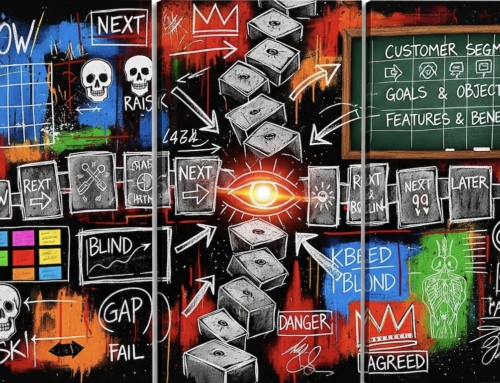Redesigning the Product Owner Class – Developing Complete Products
During the second half of 2012, I wrote an article describing some challenges I had regarding my Certified Product Owner (CPO) course and how I achieved a breakthrough in my understanding about the class – trust the learners. What a new and amazing concept?!
Since then, I have had multiple opportunities to produce this course and see how this newly structured class works. I am really liking the new class and a recent course evaluation from a participant confirms I hit the mark.
“I was surprised at the amount of new ideas and concepts I learned [in Carlton’s course]. I had from a colleague [at another company] that Product Owner training were mostly review.”
These are the main new concepts I am now emphasizing during my updated Certified Product Owner course:
- My CPO course is not an introductory course on Scrum. You are not eligible to attend my class unless you have one of the following 1) attended any Certified ScrumMaster course, 2) attended any 1-day Intro to Scrum course or 3) have significant, real-world experience doing Scrum. I found that Product Owners do not need a review on Scrum – what they need are tools on how to do their job better.
- The entire class is about going from nothing to a Product Backlog with user stories. To achieve this goal, the participants work in pairs to create a Product Box, sell that vision to their peers and then form product teams that further develop the product over two days with the thinking tools I am providing. The product the learners use can be their actual product or something completely made-up.
- I have introduced two visual controls specific to the Product Owner – the Product Vision Board and the Product Backlog Board. The Product Vision Board is a useful canvass to help Product Owner’s think through their product idea and identify where they have gaps in their understanding. The Product Backlog Board is a recognition that the way Ken Schwaber and Jeff Sutherland describe the Product Backlog – a linear list of features force ranked from 1 to n – is not how Product Owners think about the Product Backlog. I give Product Owners permission to think about their backlog in a different way.
- Using personas to generate further understanding about user needs. Personas can help you document your understanding of the user needs or show where your understanding of the user is lacking. Since my background is developing regulated products within a Design for Six Sigma framework, I see the value in linking product features and requirements to the Voice of the Customer and user needs. Features that do not tie back to user needs do not belong in your products – it is that simple.
- Discussing multi-generational planning with Prune the Product Tree and Whole Product Map as a way to encourage Product Owners to think about their product in a complete and holistic way. By combining the different perspectives of Product Tree and Product Map, the Product Owner can develop a balanced picture of their product and identify gaps, or holes, in their thinking.





